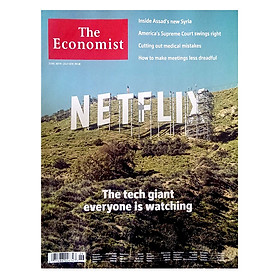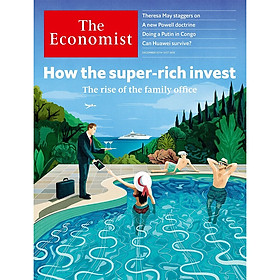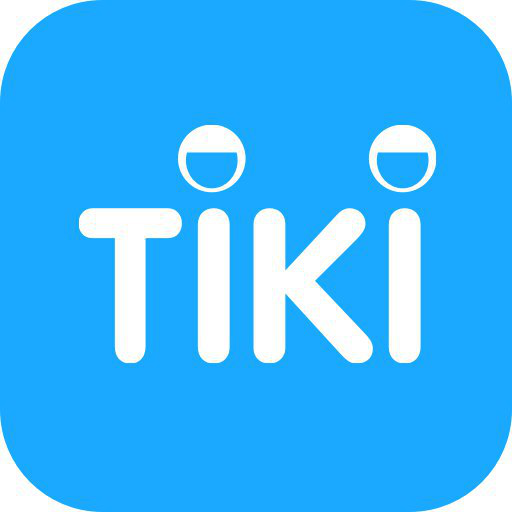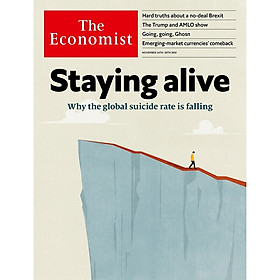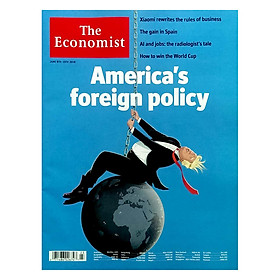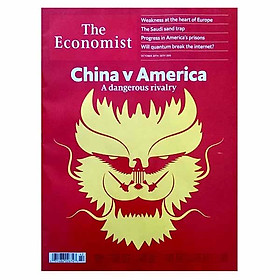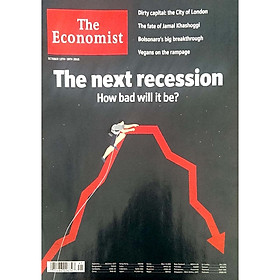The Economist: NETFLIX - 26
The Economist: NETFLIX - 26 Can Netflix please investors and still avoid the techlash? Its content consumes 20% of the world’s downstream bandwidth BIG technology firms elicit extreme and...
Công ty phát hành: Công Ty Cổ Phần Sách Toàn Cầu
Nhà xuất bản: The Economist
ISBN-13: 71486026747
Kích thước: 22 x 29 cm
Loại bìa: Bìa mềm
Số trang: 100
The Economist: NETFLIX - 26
Can Netflix please investors and still avoid the techlash?
Its content consumes 20% of the world’s downstream bandwidth
BIG technology firms elicit extreme and conflicting reactions. Investors love them for their stellar growth and vast ambition: the FAANG group of technology stocks, comprising Facebook, Amazon, Apple, Netflix and Alphabet (Google’s parent), is worth more than the whole of the FTSE 100. Without them to power its growth, America’s stockmarket would have fallen this year. Yet the techlash has also entangled the digital giants in all manner of controversies, from data abuse and anti-competitive behaviour to tax avoidance and smartphone addiction. They have become the firms politicians love to hate.
All but one. Alone among the giants, Netflix is a clear exception to this mix of soaring share prices and suspicion. Since its founding in 1997, the company has morphed from a DVD-rental service to a streaming-video upstart to the world’s first global TV powerhouse (see briefing). This year its entertainment output will far exceed that of any TV network; its production of over 80 feature films is far larger than any Hollywood studio’s. Netflix will spend $12bn-13bn on content this year, $3bn-4bn more than last year. That extra spending alone would be enough to pay for all of HBO’s programming—or the BBC’s.
The 125m households the company serves, twice as many as it had in 2014, watch Netflix for more than two hours a day on average, eating up a fifth of the world’s downstream internet bandwidth. (China is the one big market where it is not allowed to operate.) Its ascent has mirrored the decline of traditional television viewing: Americans between the ages of 12 and 24 watch half as much pay-TV today as they did in 2010.
Uniquely among tech upstarts that have reshaped industries in recent years, Netflix has wrought its transformation without triggering a public or regulatory backlash. With a share price that has more than doubled since the start of the year, it is as popular with investors as it is with consumers. All of which raises three questions. What are Netflix’s lessons for other media firms? What can the rest of the FAANGs learn from its success? And can it go on keeping everyone happy?
Hollywood ending
Start with other media firms. Moguls who once happily handed their content to Netflix as a source of extra revenue are now scrambling to compete with it. The result is a dealmaking frenzy, with AT&T buying Time Warner, and Disney and Comcast fighting over bits of 21st Century Fox. Consolidation is only part of the answer for conventional entertainment firms, however. They must also follow Netflix’s lead and use the internet to offer consumers lower prices and more choice. Netflix now has more subscribers outside America than inside it. From Mexico to India people stream “Narcos” and “Stranger Things” in a planet-wide community of binge-watchers. It makes expert use of data, categorising individual users’ preferences into about 2,000 “taste clusters”, to serve up different shows to different users, including within the same family, via targeted recommendations. This combination of scale and data science has long been a hallmark of tech firms. Amazon, Disney and others are refining their own direct-to-consumer video services. But most media firms have a lot of catching up to do.
Other tech giants can also learn from Netflix. Compared with the other FAANGs, the firm is distinctive in several ways. Unlike Facebook and Google, Netflix has steered clear of news and mostly stuck to entertainment. That has protected it from scandals over fake news, electoral manipulation and political tribalism. And unlike those two ad-based platforms, its subscription-based business model means that the firm does not rely on selling users’ data or attention to outsiders. Instead, it offers customers a simple exchange: a monthly fee in return for television they want to watch. Unlike all the other FAANGs, which are global but unmistakably American, Netflix is becoming truly international: it makes TV shows in 21 countries, dubbing and subtitling them into multiple languages. The other tech firms are not about to rip up their business models; they work too well. But they can still learn from Netflix: to use data with greater care, to be clearer about the terms of trade with their customers and to be more respectful of local markets.
Next up: house of cards
If such traits help to explain why the firm has avoided the techlash, they do not ensure it can keep everyone happy. The short-term danger is financial. Frothy valuations are commonplace at the moment, but Netflix still stands out. To justify its current valuation, Netflix’s gross operating profits in a decade’s time would have to be equivalent to about half of all the profits made by American entertainment firms this year. “If Jesus were a stock, he’d be Netflix,” one savvy investor is said to have observed. “You either believe or you don’t.”
There are plenty of reasons to doubt. The company has amassed $8.5bn of debt. Reed Hastings, its chief executive, has said it will continue borrowing billions “for many years”; free cashflow is expected to remain negative for some time. That strategy will pay off if Netflix can raise prices while continuing to add subscribers—26m in the 12 months to March 31st. But competition is becoming more intense. And in countries without “net neutrality” protections, owners of wireless or broadband infrastructure that also control content-makers may use their distribution clout to favour their own material.
The long-term risk for Netflix, paradoxically, is if today’s dizzying valuation proves not to be too high, but accurate. The techlash has been driven partly by fears that centralised digital platforms will end up throttling competition (see our special report). Some suspect that Netflix harbours ambitions to monopolise TV. Such a move would concentrate enormous amounts of cultural power in the hands of a few content commissioners and algorithms. It would hollow out support for public-service broadcasters, by reducing their audience, and risk leaving poorer users with fewer affordable entertainment options. And it would inevitably find it much harder to avoid the attention of regulators. Here, then, is a final lesson that applies to Netflix, and all tech firms. To keep consumers, regulators and politicians happy over the long term, there is no substitute for competition.
Giá sản phẩm niêm yết của Magazines The Economist: NETFLIX - 26 trên các sàn TMĐT đã bao gồm thuế theo luật hiện hành. Tuy nhiên tuỳ vào từng loại sản phẩm hoặc phương thức, địa chỉ giao hàng mà có thể phát sinh thêm chi phí khác như phí vận chuyển, phụ phí hàng cồng kềnh, ...
Mức giá và các nhà cung cấp được liệt kê tại đây chỉ dùng để bạn tham khảo. Khi quyết định mua hàng bạn cần xem xét thêm về đánh giá của khách hàng tại shop đó. Sau cùng bạn chọn mua sản phẩm từ nhà cung cấp mà bạn cho là uy tín nhất với mức giá hợp lý nhất. Chúng tôi không trực tiếp bán hàng cũng như vận chuyển và không chịu bất kỳ trách nhiệm nào về quyết định mua hàng của bạn.
| Công ty phát hành: | Công Ty Cổ Phần Sách Toàn Cầu |
|---|---|
| Nhà xuất bản: | The Economist |
| ISBN-13: | 71486026747 |
| Kích thước: | 22 x 29 cm |
| Loại bìa: | Bìa mềm |
| Số trang: | 100 |
| SKU: | 1833623272597 |

